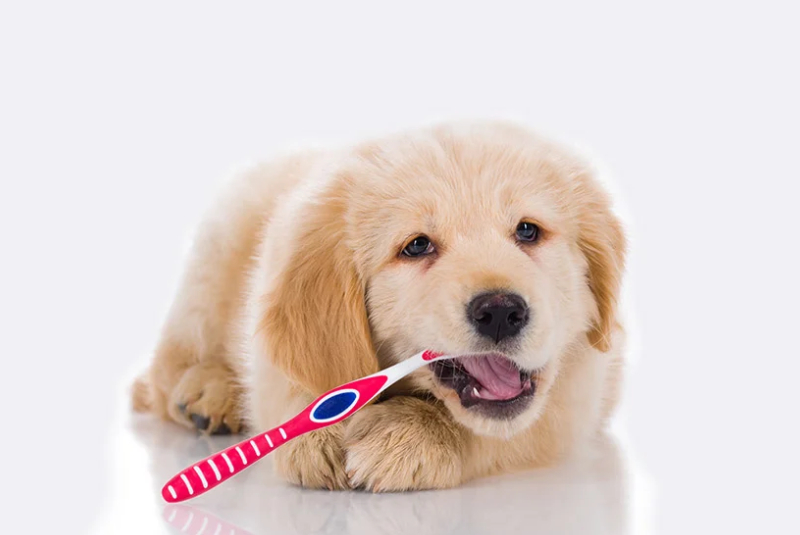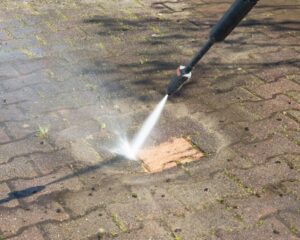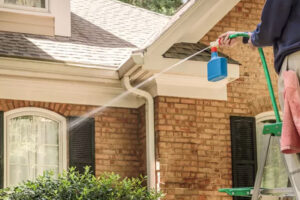
To avoid periodontal disease, dogs need regular Best Dog Dental Care Plaque is a bacterium that forms a visible film on the tooth surface and results from the combination of saliva, germs, and food particles when your pet eats. Without proper Dog Dental Care, plaque may harden into tartar, a brownish-yellow material. Therefore, keeping your pet’s teeth clean is essential to prevent tartar from irritating their gums, which may lead to irritation, redness, and foul breath if it builds up above and below the gum line (gingivitis).
To lessen the likelihood of gum disease developing in your pet, it is essential to provide them with regular Pet Dental Care. Pet owners should be aware that periodontal disease is five times more frequent in dogs than in humans and that, if left untreated, it may lead to cavities and gum disorders, and, in extreme cases, the loss of teeth. Read on to learn about the many benefits of regular Dog Teeth Cleaning near me.
Avoiding Tooth Loss is a Priority
Your dog’s jawbone and gums, which hold its teeth in place, are vulnerable to injury and infection as time passes. However, if the damage is severe and continues for a long time, their teeth may become loose or even fall off.
You can keep the structures that support your dog’s teeth robust and healthy by giving them regular dental checkups. Then your dog’s teeth will remain where they should, simplifying their chewing and playing.
If your dog has trouble eating, it might lead to malnutrition and other health problems if left untreated. Also, losing teeth is painful, and they’ll have to deal with it for the rest of their lives.
Avoiding Nasty Breath
Do your dog’s slobbery kisses often leave you with an unpleasant odor of their rotten breath? That’s a symptom of dogs not getting regular dental treatment, which leads to germ buildup.
Consistently brushing your dog’s teeth helps keep bad breath at bay. Otherwise, plaque will develop from the food debris that sticks to their teeth and gums.
The underlying biological mechanism is identical to that which occurs in humans. Plaque is a natural biofilm that covers the surface of teeth. The film will harden into a cement-like consistency after a few days. The first layer may be relatively thin, but subsequent ones will get thicker.
It will cause plaque, a foul, yellow-brown film, to form on your dog’s teeth. Plaque is a sticky biofilm that begins when bacteria multiply in the mouth and teeth. Maintaining a regular brushing routine might aid in removing plaque before it can solidify into tartar. In any other case, you’ll need to take your dog to the vet to get his teeth cleaned.
Avoid Serious Organ Failure
Plaque-forming bacteria may travel through the bloodstream and create further health problems. Once inside the body, the bacterium may infect vital organs, including the liver, heart, and kidneys. “Bacteremia” describes this condition.
A bacterial infection may make your dog unwell and even harm his organs. On the other hand, dogs may live long, healthy lives with proper dental care.
Dogs are masters at disguising the discomfort caused by tooth decay
If your dog has a significant tooth disease, you may not see it until it’s worse. Many dogs have mastered the art of disguising their discomfort.
If you regularly take your dog in for examinations, the vet can verify that their mouth is in good shape. Identifying issues at their earliest stages is possible.

Final Thoughts
To guarantee that your dog’s whole mouth is sanitized, your veterinarian will need to put your dog under general anesthetic for professional teeth cleaning. Thus, consult your Veterinary Dental Care about the ideal time and method to care for your dog’s teeth. Contact Us for dog dental care.


















No Comments yet!